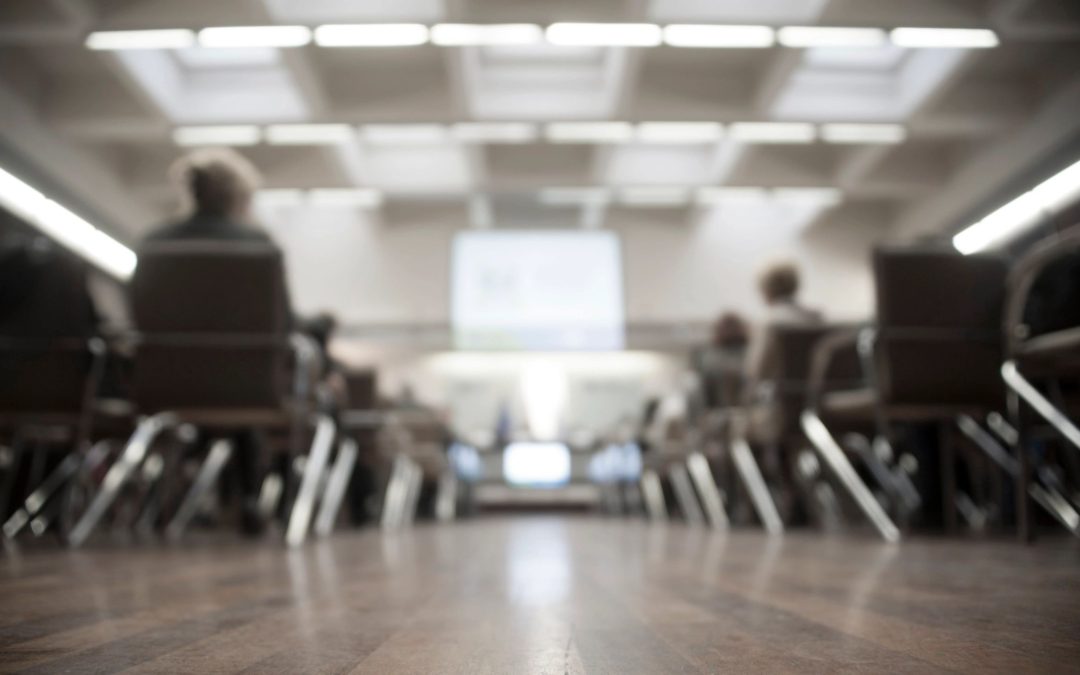By: Doug Pearson
With the universe of prior art available for IPRs being limited to patents and printed publications (35 U.S.C. § 311(b)), questions regarding the applicability of printed material that might be considered less mainstream prior art are sure to arise. So can a poster presentation shown at a scientific conference qualify as a printed publication for prior-art purposes in IPR? According to the PTAB’s recent decision denying institution in Initiative For Medicines, Access & Knowledge (I-MAK), Inc., v. Gilead Pharmasset LLC, IPR2018-00123, Paper 7 (PTAB June 13, 2018), not without evidence that the poster satisfies the indicia of a “printed publication” under the statute.
In its IPR petition, the Initiative For Medicines, Access & Knowledge (I-MAK), Inc. sought to challenge Gilead Pharmasset’s U.S Patent No. 8,735,372 directed to treatment for hepatitis C. The ground of unpatentability presented by the petitioner was an obviousness combination involving three references, the primary reference of which was a poster presented at the 14th Int’l Symposium on Hepatitis C Virus and Related Viruses in Glasgow, Scotland in September 2007, which petitioner contended qualified as prior art under § 102(a). The Board saw it differently. In particular, as part of the petitioner’s initial burden to produce evidence of anticipation or obviousness and to demonstrate a reasonable likelihood of prevailing for at least one claim, the Board noted that petitioner has the initial burden to produce evidence “that an asserted reference is a printed publication.” Dec. at 8, 10.
The Board reviewed the law of when printed material qualifies as a printed publication, explaining that public accessibility is the “touchstone” in assessing whether a reference qualifies as a printed publication, that “the reference must have been sufficiently accessible to the public interested in the art,” and that “dissemination and public accessibility are the keys to whether a prior art reference was published.” Dec. at 8 (internal quotations and citations omitted). The Board further noted that determining whether a reference qualifies as a printed publication “involves a case-by-case inquiry into the facts and circumstances surrounding the reference’s disclosure to members of the public” and that limited distribution to those skilled in the art might not constitute “publication” under the statute unless the material is situated such that “anyone who chooses may avail himself of the information it contains.” Id. at 8-9 (internal quotations and citations omitted).
In this instance, the Board found the petitioner’s contentions of prior-art status of the poster insufficient. According to the Board, the petitioner’s contentions included “no evidence indicating that [the poster] was published in print or electronic form, but only that it was presented as a poster,” and no evidence “[of] how long it was posted, whether it was sufficiently publicized to, or placed in front of a sufficient number of, those interested in the subject matter, or as to the freedom of those viewing the poster to take notes or to copy the poster.” Id. at 10. The Board was also unpersuaded by the statement of petitioner’s expert that he “understand[s] that prior art for the ‘372 patent’s claims is anything before March 21, 2008,” because it lacked any factual basis as to whether the poster qualified as a “printed publication” under the statute. Id. (internal quotations omitted).
Takeaway: When relying on printed material for IPR other than patent literature and mainstream publications such as journal articles and the like, petitioners can help themselves by providing detailed evidence to demonstrate how the printed material qualifies as a “printed publication” under the statute. Similarly, patent owners can explore opportunities to point out holes in the petitioner’s evidence of printed publication, or provide their own contrary evidence, in an effort to remove the printed material as a printed publication on which the Board may rely.
Doug Pearson
Latest posts by Doug Pearson (see all)
- PTAB FY 2019 Statistics Through May - July 18, 2019
- Click-to-Call Cert Petition – Second Extension of Time Granted - December 12, 2018
- BREAKING: Click-to-Call and One-Year Time Bar – Petition for Certiorari Incoming - November 15, 2018

